Mission, vision, and strategic plan
Mission
The Centre for interdisciplinary research in rehabilitation and social integration (Cirris) has the mission to develop and mobilize the knowledge that enables social participation of people with disabilities. Driven by a profound culture of interdisciplinary and intersectoral collaboration, this mission is kept up to date through the training of students from various disciplines as well as through collaborative research with disabled people, community partners, various levels of government, healthcare and social services, as well as the industry.
Vision
- A scientific community that is deeply rooted in its environment and working toward a better understanding of the factors that affect the rehabilitation and social participation of people with disabilities.
- Research teams that innovate by creating tools and interventions for rehabilitation and social integration, working together to assess and implement practical solutions supporting the rehabilitation and social participation of people with disabilities, in partnership with these people and the concerned environments.
- A dynamic, inclusive and intersectoral training environment that is committed to develop a new generation of professionals who are willing and able to face complex societal challenges.
A 2022-2028 Strategic Plan that is aligned with the needs of the community
With the concern to develop a scientific program that is rooted in the expertise of its researchers as well as in the needs of its knowledge users, management of the Cirris consulted within the community, with patient-partners, as well as clinical partners, public organizations, community organizations and the industry. These consultations guided the identification of six objectives for 2022-2028, based on the intersectoral collaboration between our researchers, regardless of their area of research (Functions or Environment).
1 – Personalized rehabilitation
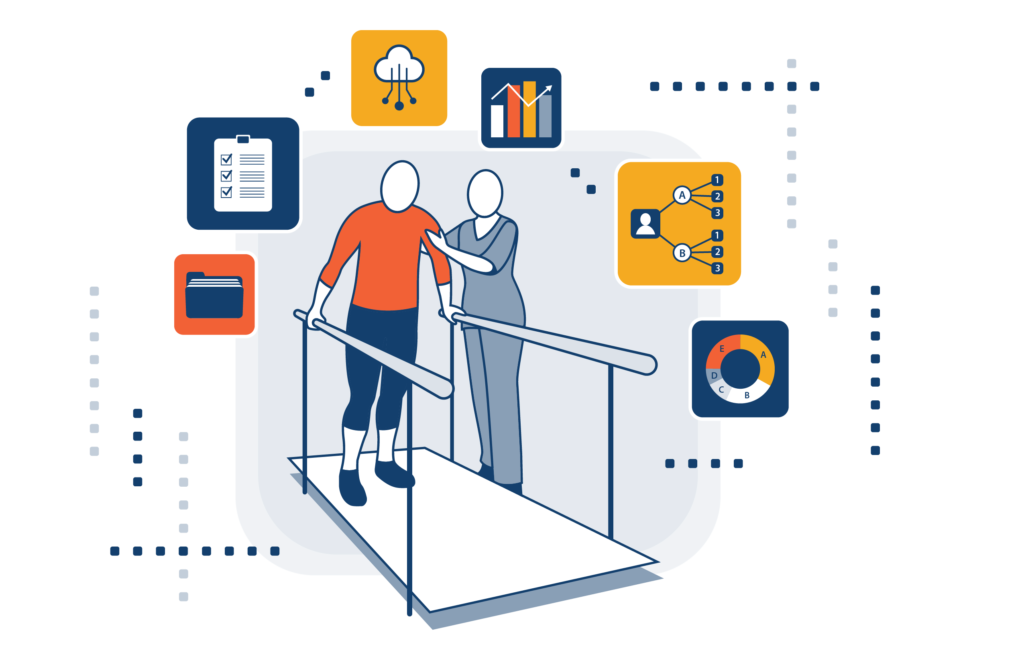
Implement clinic-research databases.
Develop decision-making tools to assist clinical decisions and personalized programs.
2 – Technologies applied to rehabilitation

Evaluate and implement innovative rehabilitation interventions based
on technologies.
Develop and evaluate assistive technologies.
3 – Mobility and accessibility
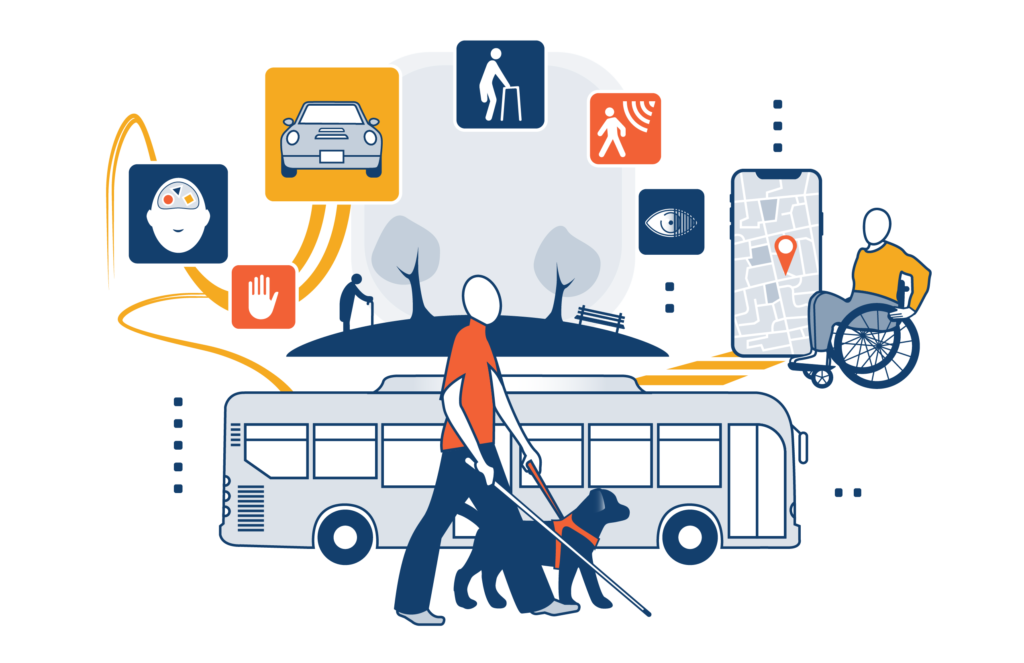
Create and evaluate tools and interventions favoring autonomous movement on foot, in a wheelchair, by car or public transportation.
Develop solutions to promote inclusive mobility and access
to public spaces.
4 – Work preparation, access and retention
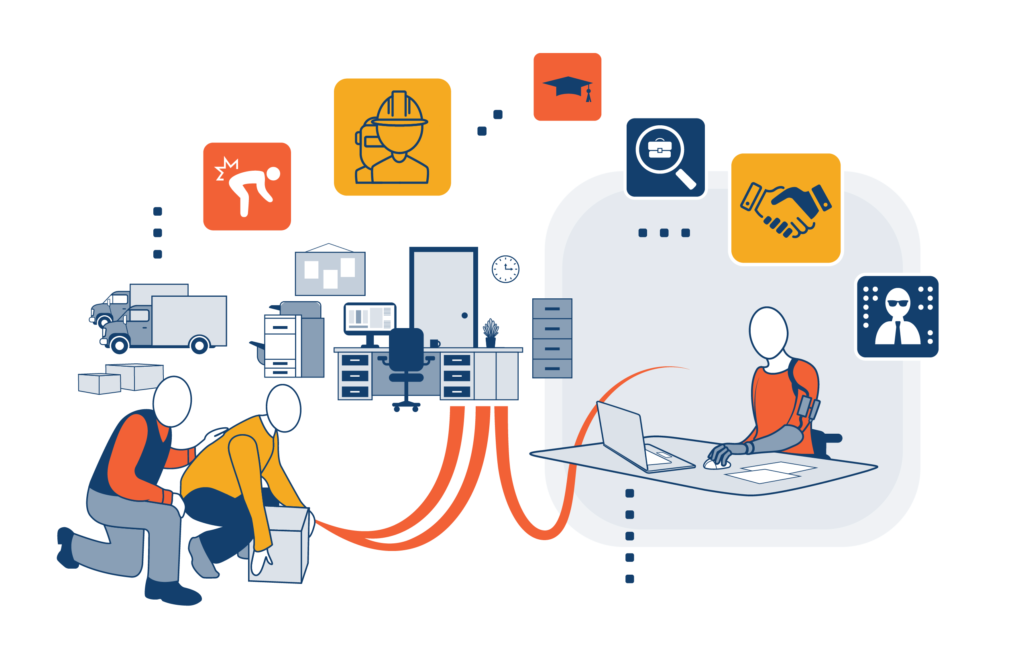
Create tools to reduce the risks to the health and safety of workers,
as well as to promote their rehabilitation.
Identify the obstacles and facilitators to work preparation, access
and retention and recommend strategies and policies that promote
the employability of people withs disabilities.
5 – Living and enabling environments
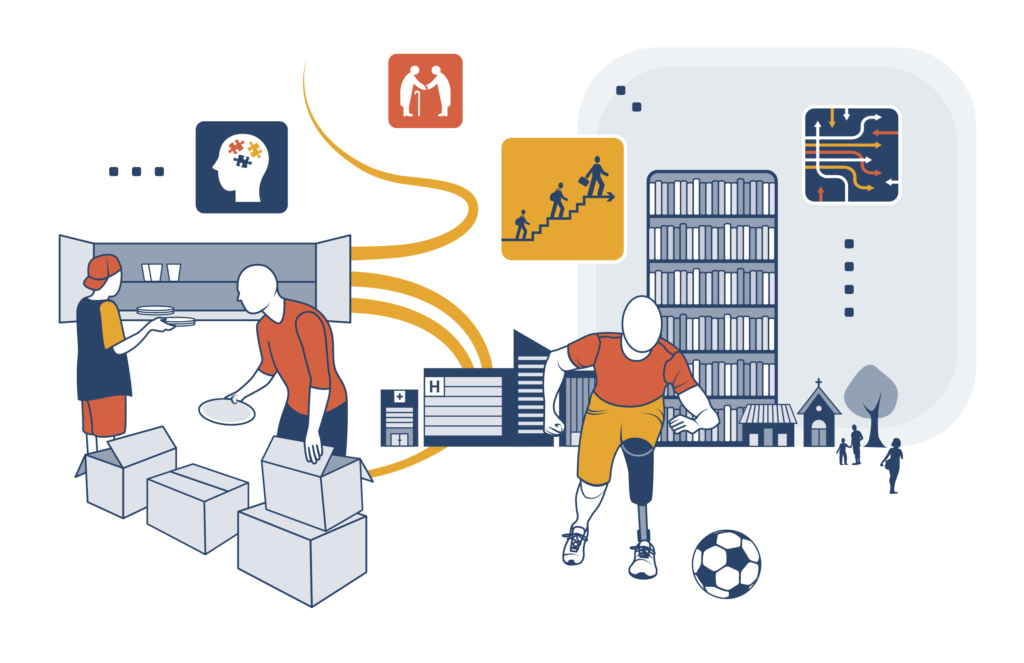
Develop interventions to promote self-determination and preparation
for communitv living.
Develop and evaluate programs and tools for case workers
and caregivers of people with disabilities.
Develop and evaluate solutions to promote access to housing.
6 – Access to services and critical situations
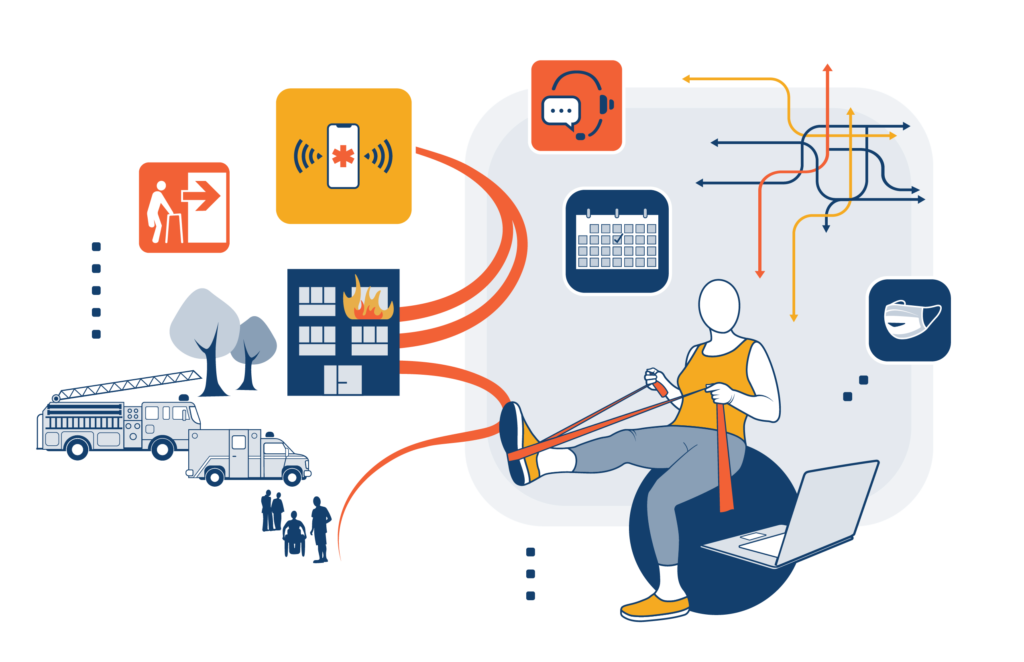
Evaluate the specific effects of critical situations and emergency measures for people with disabilities.
Develop interventions or solutions to minimize the effect of emergency situations for these people.
Develop innovative models to improve access to rehabilitation services.

